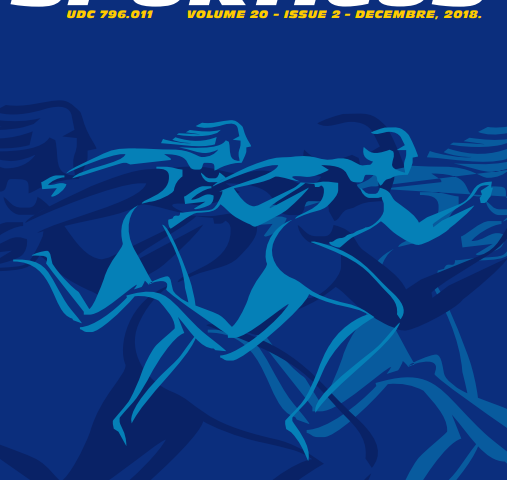Abstract
The aim of this study was to explore the association between leisure time physical activity, socio-demographic characteristics and the levels of perceived stress. The study included 300 respondents who were divided into two groups: high levels of perceived stress (n=150) and low levels of perceived stress (n=150). Levels of perceived stress were assessed using the Perceived Stress Scale-10.Data concerning leisure-time physical activities and socio-demographic characteristics were collected using a designedquestionnaire. Age between 46-64 years (OR=5.63, 95%CI=1.02-2,55; p=0.00), financial status as worse than average (OR=2.29, 95%CI=1.39-3.76; p=0,00) and female gender (OR=1.62, 95%CI=1.02-2.55; p=0.03) were positively associated with high levels of perceived stress. The currently recommended weekly volume of ≤1150 minutes of physical activity of moderate intensity in leisure time had a protective role against a high level of perceived stress (OR=0.44, 95%CI=0.25-0.77; p=0.00). Therefore, we conclude that promoting the currently recommended volume of physical activity might be a good way to increase overall physical activity levels and reduce a perceived stress among population groups at risk for high levels of perceived stress specifically, as well as the general population.
Key words: exercise, leisure activities, stress physiological, social-class


